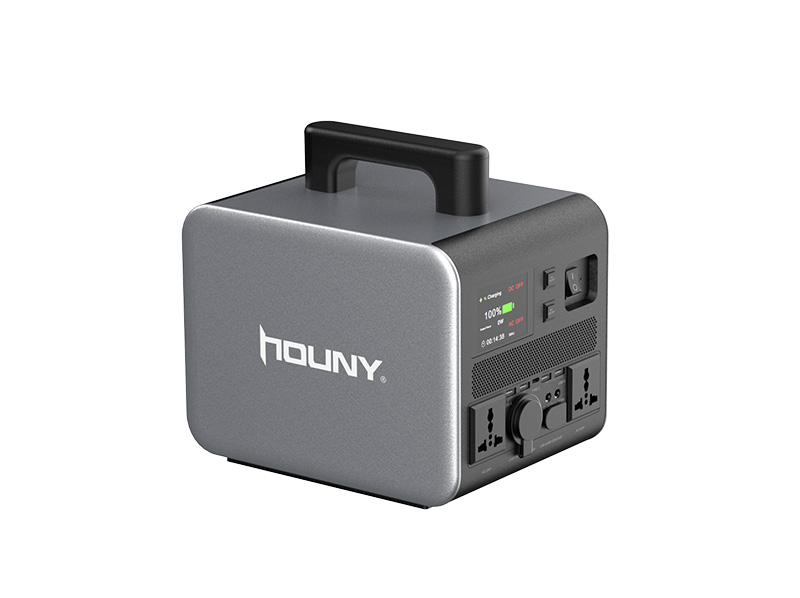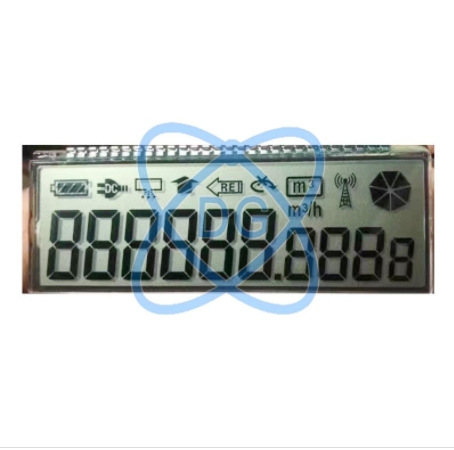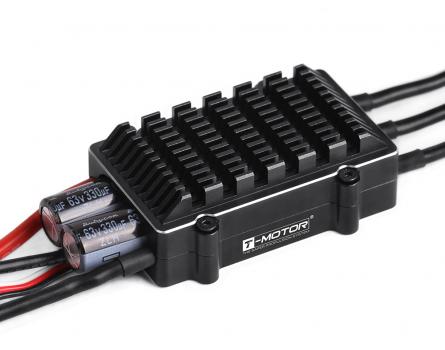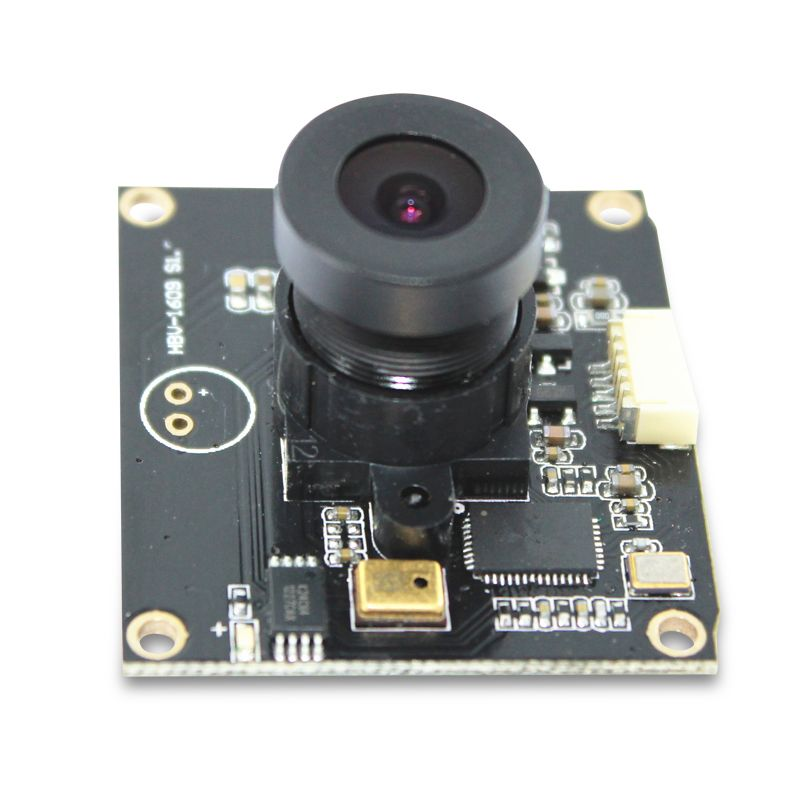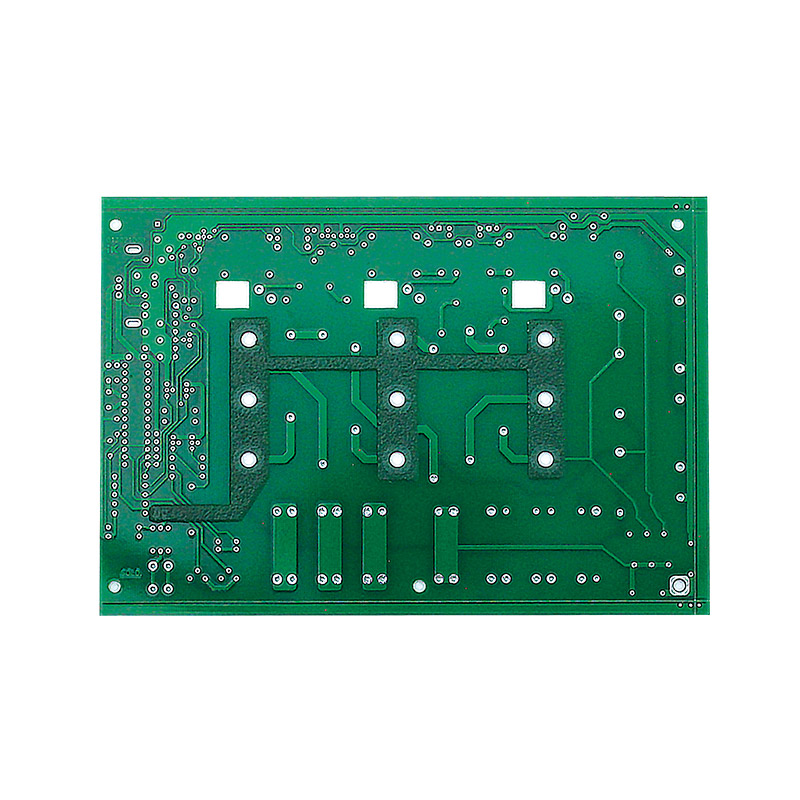Streamlining Power Distribution: The Advantages of Compact Substations
Introduction
Compact substations are revolutionizing the power distribution landscape, offering numerous advantages over traditional substations. These self-contained units provide efficient and space-saving solutions for electricity transmission and distribution. In this article, we will explore the key features and benefits of compact substations, highlighting their role in optimizing power distribution and enhancing operational efficiency.
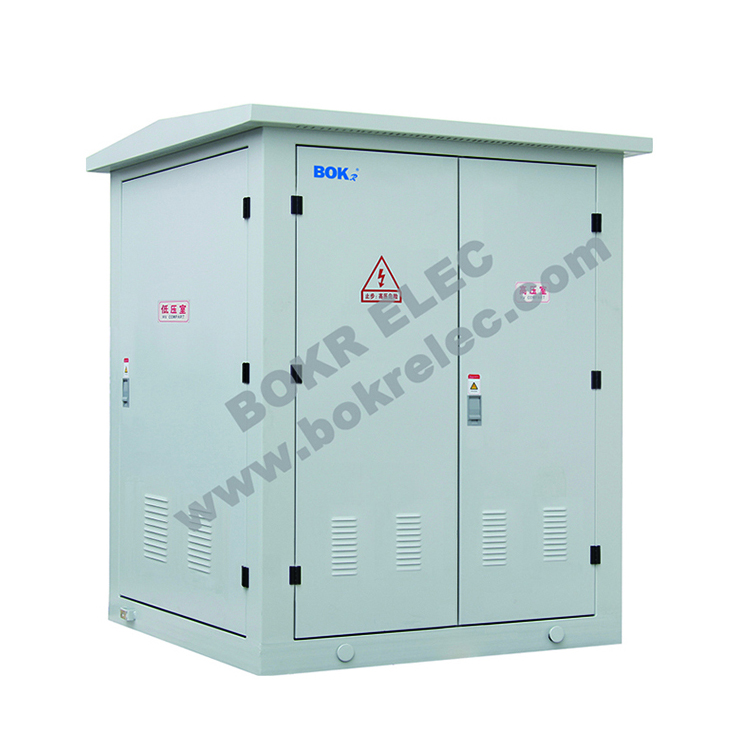
Optimal Space Utilization
The compact design of these substations allows for optimal space utilization, making them ideal for urban and densely populated areas where land availability is limited. Unlike conventional substations that require significant land allocation, compact substations are designed to fit within a small footprint. This space-saving attribute ensures that valuable land resources can be utilized more efficiently while still maintaining a reliable power distribution network.
Easy Installation and Mobility
Compact substations are engineered for quick and hassle-free installation. They are pre-assembled and factory-tested, significantly reducing on-site construction time and costs. This ease of installation translates into minimal disruption to the surrounding environment and allows for faster deployment of power distribution infrastructure. Additionally, compact substations are designed for mobility, enabling easy relocation and reconfiguration as per changing energy demands or infrastructure expansion plans.
Enhanced Reliability and Safety
Reliability and safety are paramount in any power distribution system, and compact substations excel in these areas. Equipped with advanced protection devices and monitoring systems, they ensure the efficient detection and isolation of faults, minimizing downtime and potential damage. The compact substations are also designed to meet stringent safety standards, with features such as fire-resistant enclosures, fault current limitation, and arc flash protection, ensuring the well-being of personnel and equipment.
Recommended article:What Are the Advantages of Using an SMPS Transformer?
How to Use an Electric Blanket Switch Safely?
Advantages of Dry Type Power Transformers
What are the types of power resistors?
Understanding the Difference Between Electrolytic Capacitors and Normal Capacitors
Understanding the Rochchip Android Linux AIOT Core Board
Understanding the Basics and Key Features of Car Starter Battery
Efficient Energy Management
Compact substations contribute to efficient energy management by reducing transmission and distribution losses. Equipped with high-performance transformers and optimized switchgear, these substations facilitate voltage regulation and power factor correction, resulting in minimized power losses during transmission. The efficient energy management provided by compact substations translates into reduced energy costs and improved overall system efficiency.
Versatility and Adaptability
Compact substations can be customized to meet specific energy requirements and are suitable for a wide range of applications. They can be deployed in various settings, including residential areas, commercial complexes, industrial facilities, and renewable energy projects. Their versatility allows for seamless integration into existing infrastructure or the establishment of new power distribution networks in diverse environments.
Environmental Benefits
Compact substations contribute to environmental sustainability by reducing their carbon footprint. Their compact design, efficient energy management, and reduced losses result in lower energy consumption and greenhouse gas emissions. Furthermore, their mobility and adaptability ensure that power distribution infrastructure can be optimized for renewable energy integration, promoting the transition towards cleaner and greener energy sources.
Cost-Effective Solutions
Compact substations offer cost-effective solutions for power distribution. The reduced installation time and minimized land requirements translate into lower infrastructure costs. Their modular design allows for scalability, enabling incremental expansions as energy demands increase. Additionally, the efficient energy management and reduced losses result in long-term cost savings for both power utilities and end-users.
Conclusion
Compact substations are transforming power distribution systems, providing efficient, reliable, and cost-effective solutions. With their space-saving design, easy installation, enhanced safety features, and versatility, these substations optimize power distribution, promote efficient energy management, and contribute to environmental sustainability. As the demand for electricity continues to grow, the adoption of compact substations will play a pivotal role in meeting the evolving energy needs of urban and industrial areas, enabling efficient power distribution and supporting the transition to a sustainable energy future.
Recommended article:Understanding the Benefits of Residential Energy Storage Solutions
Advantages of Thick Film Chip Resistors
Car Stop-Start Battery: Paving the Way for Fuel Efficiency and Environmental Sustainability
What are Applications of Liquid Crystal Light Valves?
Single Phase String Inverter: Powering Solar Energy Conversion Effortlessly
Advantages of Residential Energy Storage: Self-Sufficiency and Cost Savings
How Does the Design and Construction of Power Resistors Impact Their Performance and Reliability?
- 0
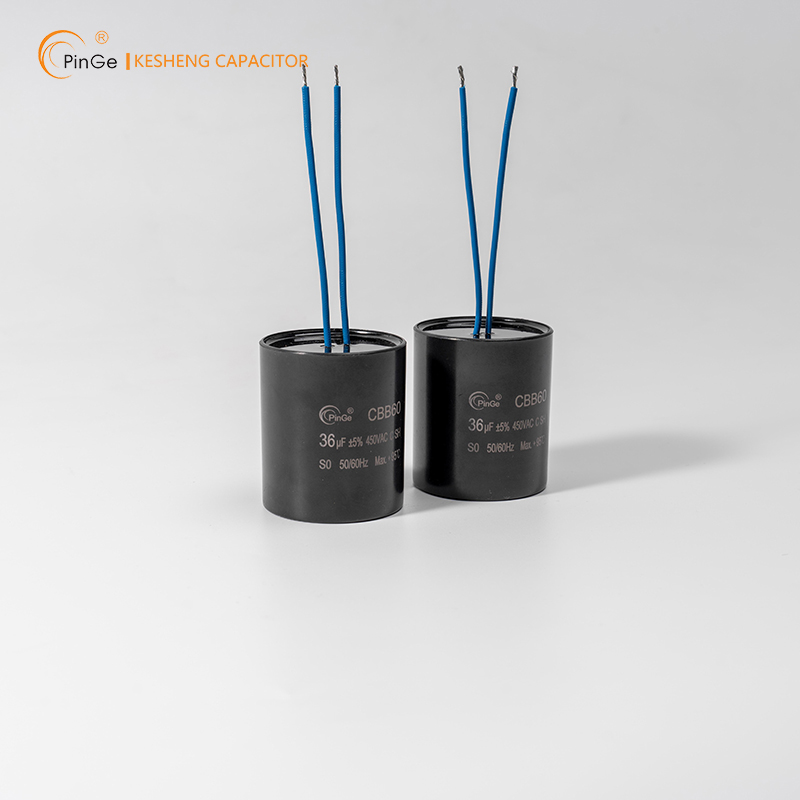
- 687
- 0
- 0
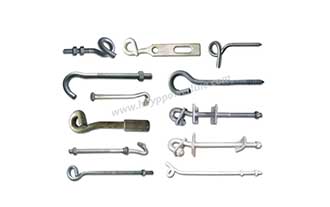
- 644
- 0
- 0
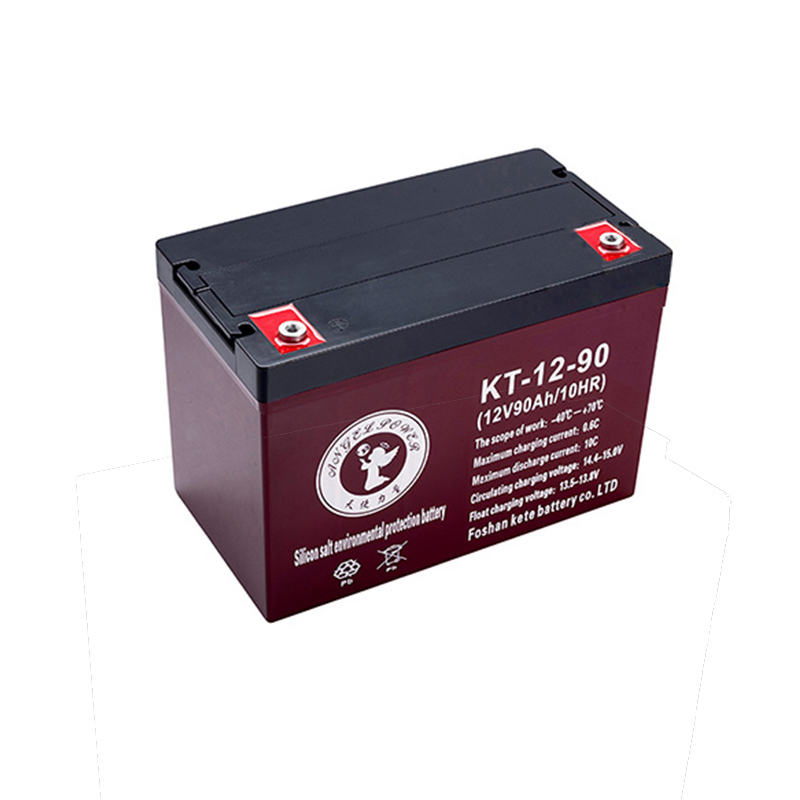
- 584
- 0
- 0




